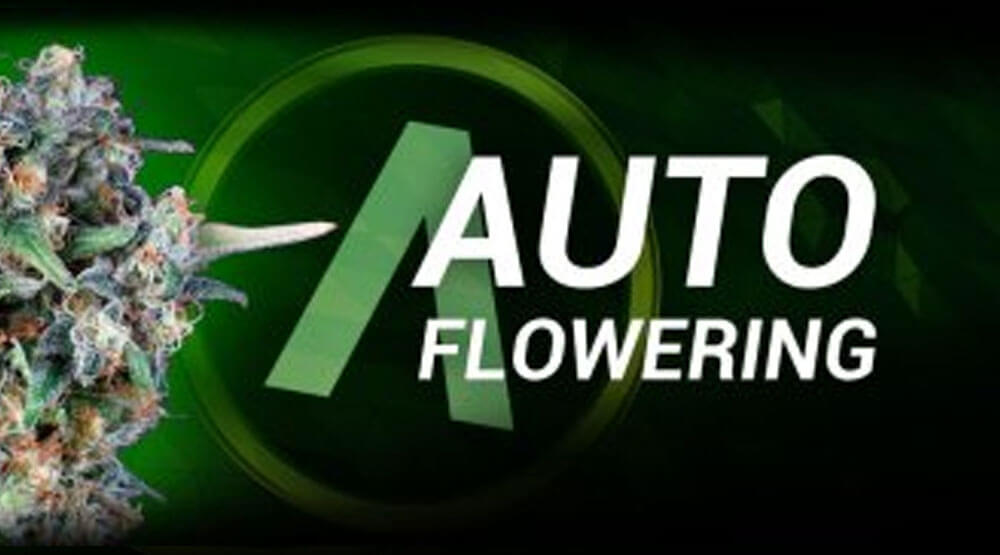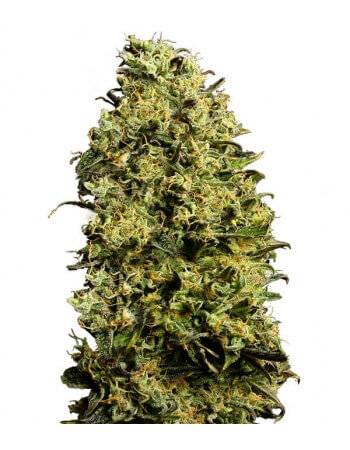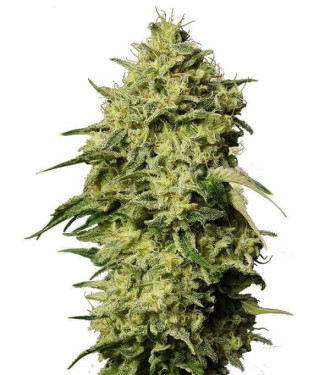As we have already mentioned before, automatic strains have the peculiarity of blooming because of their maturity, so the photoperiod does not affect them and will automatically go through the flowering stage after a certain time.
This is why the cultivation of autoflowering seeds has some differences compared to the cultivation of photo-dependent seeds.

We will deal with these singularities in this blog: seeds, outdoor and indoor cultivation and some basic tips.
Autoflowering Cannabis Seeds
Autoflowering seeds are a good choice for all those who are out of season. The autoflowering seeds were obtained by crossing strains of the índica family with a subspecies of cannabis called rudelaris. From the subsequent generations the autoflowering seeds were obtained, varieties with the taste, smell and effect of the índica but with an automatic flowering and independent of the luminous cycle.
Later, auto-flowering strains of the sativa family began to enter into the market. All of them completing their cycle between 60 and 90 days, half the cycle of a feminized or regular outdoor cycle.
The introduction of automatic seeds on the cannabic market meant a major change in the possibilities of many growers, as they allow outdoor cultivation throughout the year and planting in places such as home balconies where it was not possible to grow cannabis because of light pollution. On the other hand, they are an ideal option for those who lack experience in growing cannabis, as their automatic flowering makes it a very easy plant to grow.
Grow Basics for Autoflowering Cannabis
The cultivation of auto-flowering marijuana seeds is the same than others feminized or regular variety.
- First we must germinate seeds with a suitable and reliable method that guarantees a high germination rate.
- Then we will have to choose a good place to plant them, inside or outside, in a pot or on the ground… that will depend on our preferences.
- Regardless of the place of sowing, what we must choose is a good substrate that is sufficiently aerated to allow room for root development.
- Once we have planted our autoflowering plant in the growing medium, we should only water it when necessary and provide it with the nutrients it requires until harvest time.
- When we have harvested it, we have to follow the same guidelines of manicuring, drying and curing as if it were a photo-dependent variety and remember. That these last three steps are essential if we want to enjoy our flowers to the fullest.
Best Autoflowering Cannabis Strains
Auto M8 - Autoflowering Seed
| PACK | PRICE |
| 3 units | 7.26€ |
| 5 units | 9.68 € |
| 10 units | 16.94 € |
| 25 units | 36.3 € |
| 100 units | 129.47 € |
Auto Amnesia - Autoflowering Seed
| PACK | PRICE |
| 3 units | 8.47€ |
| 5 units | 12.1 € |
| 10 units | 21.78 € |
| 25 units | 48.4 € |
| 100 units | 169.4 € |
How to grow autoflowering Outdoor?
As we have previously mentioned, autoflowering seeds allow the cultivation of cannabis all year round. Like any other plant, the more light it receives, the more and better will be the harvest. So, if we cultivate in winter, the growth of our plant will be reduced, as well as the production obtained.

We also must bear in mind that outdoor crops are more prone to attack by fungi and pests of any kind. The life cycle of autoflowering strains is very fast, so if our plant is affected by any of these adversities will be much more difficult to recover properly because it will not have time to recompose before the end of its cycle. Therefore, we must be especially cautious when sowing autoflowering plants outdoors.
On the other hand, the moderate bearing of this type of plant allows us to grow cannabis in a much more discreet way than other seasonal strains that can reach a considerable size.
In conclusion, auto-flowering strains allow outdoor cultivation out of season, so it is not necessary to limit ourselves to a single annual harvest and let us grow for the rest of the seasons. Obviously, the sun factor will have a direct influence on our plant, so the harvest obtained if it is grown in winter will be much lower than if we grow the same variety during the summer months.
How to grow autoflowering Indoor?
When we decide to grow an autoflowering variety indoors, it is probably when we notice the most substantial differences between these and photodependent varieties. Normally, with feminized seeds, the first thing we learn when growing indoors is that the photoperiod during the growth phase is 18/6 and during the flowering phase is 12/12. But when it is an autoflowering seed, what they need is to receive the maximum hours of light to get the maximum yield.
For this purpose, it is recommended that the photoperiod be 20 hours of light and 4 hours of darkness from sowing to harvest, and it is even possible to put the plants to 24 hours of light. However, we recommend using the photoperiod 20/4.

Apart from the light cycle used, the rest of the crop will be exactly the same as if it were another variety. Indoor or outdoor, our autoflowering plant will begin its flowering period after one month to a month and a half. Within 60 to 80 days after sowing, our plant will be ready to harvest.
Once harvested, it is important that we perform the process of manicuring, drying and curing and they will be ready to enjoy our flowers.
Tips and Tricks for Growing Automatic Strains
In short, the best attitude towards plants is to leave it on its own and give it what it needs. We must only take the necessary preventive measures and be vigilant to intervene if required.
Pot:
If we decide to grow in a pot, we will have to consider the size of the pot. Whether the variety is of low bearing, as Auto Critical, or high bearing as an Auto M8, the pot must have a capacity of at least 11 liters if we want the plant to develop properly.
Preventive:
As we have previously mentioned, the rapid life cycle of autoflowering plants does not allow their full recovery when they are affected by fungi and pests, so we must place special emphasis on preventing these unpleasant guests that will cause certain losses in our final harvest.
No transplants:
For the same reason that they don’t recover from a plague attack, they don’t recover from the shock they suffer after a transplant, so it’s always advisable that once germinated, they are sown in the definitive culture medium to avoid surprises.
Roots washing:
Remember that if you decide to fertilize your plant, you should do a root washing before harvesting, to avoid an unpleasant taste.





